The United States is a constantly changing society with a vast amount of diversity among its citizens. One of the most prevalent differences among the citizens of this country, is the religion that each person chooses to live their life by and the beliefs that they choose to believe in. Each religious culture has its own beliefs, customs, and fundamentals. At the heart of each religion is prayer, which is deemed by most to be a private and personal matter that should not be fashioned to be a public display. Even with so many distinctive religions present in today’s society, the battle to restore prayer back into the public school system remains a passionate topic for many. By allowing prayer back into the public school system, the rights of all students cannot be protected.
The United States has a greater number of religious groups prevalent in its society than any other country in the world (Largest Religious Groups). There are currently more than 1,500 religious bodies and sects accounted for in the United States today (School Prayer). Christianity is the largest organized religion in the U.S., followed by Judaism, Islam, Buddhism, and Hinduism (Largest Religious Groups). Each of these religions have very distinct and varying beliefs. Christians view God as a Trinity: the Father, the Son, and the Holy Spirit. Judaism beliefs view God as a single being. In the religion of Islam, followers believe that Muhammad was the founder, Allah is a single entity, and that Allah was not killed or crucified; he ascended into heaven. Buddhists worship a teacher, Buddha, rather than a god. Hindus worship a lord that they believe to be half man, half lion.
With so many religions existing in society today, how would it be determined which religion(s) would be prevalent in our school system? Would there be only one allowed? Would students be allowed or mandated to explore each religion or only the one that they accept as true? One of the many stands that has been taken on this issue is to allow the students enrolled in our public school systems to learn about each religion. “There are enough religions to give the children a different prayer for every day of their education, from kindergarten to senior year in high school” (qtd. in Guarino). This country was founded on the belief in religious freedoms for all citizens. To allow every religion into our school system undermines our basic religious foundation, which is the struggle that our country is facing now. Our schools are for all children, whether they are Catholic, Baptist, Quaker, Buddhist, atheist, or Jewish. The public schools of this nation are supported by tax dollars from all taxpayers, and if these taxpayers are not going to be allowed to choose which religion their child will be learning, then religious viewpoints should be omitted from their children’s public education.
As previously stated, the government of the United States was founded on religious principles, and those principles still remain as a part of our government in the present day. Congress opens each session with prayer; courts use the Bible for oath-taking; the national currency has “In God We Trust” printed on it; and the Supreme Court begins with the invocation “God save the United States and this Honorable Court” (qtd. in Robinson). Religion has been allowed to remain in these, as well as many other aspects of our governmental system. If there is a member of Congress that is not in agreement with the choice of prayer that opens each session, he has the right to refrain from participation. Bibles are not required in the court system for taking an oath. An individual may use whatever he deems necessary so long as an oath is given. Our nation has undergone drastic transformations since its founding, and it is unrealistic to assume that religious basis and beliefs can remain the same as they were so many years ago.
Up until 1962, prayer was permitted in the public school system (Pros and Cons). Supporters of restoring prayer into the schools firmly believe that since prayer was taken out of the school system, our nation has faced a steady moral decline. Studies have shown that between 1960 and 1990, drug use, divorce rates, teenage pregnancy, teen suicides, child abuse, abortion, and violent crimes have significantly increased. (Pro School Prayer) There are no statistics or facts to be found that can link the absence of prayer in schools to any of these issues. More than 30 years have passed, and our nation has dealt with many changes, including the increase in religious societies. This nation has coped with, and will continue to cope with, a constant decline in morality. It is the changing of times and the years passing that has led our nation to have the crime, abortion, teenage pregnancy, and divorce rates that we face today. By returning prayer to our public schools, supporters believe that this act would instill moral values back into our children’s lives. In Japan, where prayer is not allowed in public schools, the crime rate is the lowest of any developed nation (Gaylor). If this is the case, can prayer really be the answer to the question of morality or lack thereof?
It is also the belief of supporters that “schools must do more than train children’s minds academically. They must also nurture their souls and reinforce the values taught at home and in the community” (qtd. in Arguments). In some instances, there are no values being taught at home nor in the community in which the children reside. It is the responsibility of the educational system of this nation to educate our children with the knowledge necessary to graduate from high school, go onto college, and become a productive member of society. It is the responsibility of parents to educate their children on the religious beliefs of their choosing. The values that are taught at home to these children cannot also be taught to them at school. It is a societal impossibility. Each home, each family, and each individual would have to be identical in their thoughts, morals, and beliefs. Public, government-funded schools are educational institutions; not religious institutions. There are approximately 16 hours each day spent at home or outside of the school system. In 1875, Ulysses S. Grant declared, “leave the matter of religion to the family altar, the church, and the private school . . . keep the church and state forever separate” (qtd. in Gaylor).
The most prevalent argument for the return of prayer to the public school system seems to be that the majority’s opinion should rule. By this argument, supporters mean that the majority vote should determine if prayer should be allowed back into the public school system. But what about the “majority rules” aspect on which religion(s) would be allowed into the schools? The Roman Catholic Church is the largest denomination in our nation. Approximately one-fourth of our nation’s population deems themselves as Catholics. In some school districts, Muslims outnumber all other religions (Gaylor). If this argument is accurate, the “majority rules” reasoning could determine whether or not to allow prayer to be returned to the public school system. Determining which religion(s) to allow would be more of a state or county issue rather than federal based on religious populations in individual counties. If the argument of the majority rules supporters won the battle, the minority would feel discriminated against, and the battle would once again be initiated.
In reality, the argument that prayer has been taken out of the school system is untruthful. Prayer does not “belong” to the public school system, and therefore, cannot be taken away by it. Religious activities are in fact allowed in the public school system. Students are allowed to form and participate in clubs; they are allowed to carry their Bibles, Torahs, Korans, or any form of religious material they choose to school with them; they are even allowed to bow their heads in prayer before eating their lunch or any other time they feel it necessary. Religion and prayer are existent in each and every place that an individual goes, so long as they believe and carry it with them throughout their day. Prayer is a conversation between an individual and the God they chose to believe in; Prayer is in our hearts, in our souls, and in our minds, and laws and lawmakers can never take that away. Prayer should remain prevalent in our homes and in our churches or synagogues where we are free to believe and have faith in any deity that we choose based upon our cultural beliefs and personal rights.
Sunday, December 14, 2008
Subscribe to:
Post Comments (Atom)























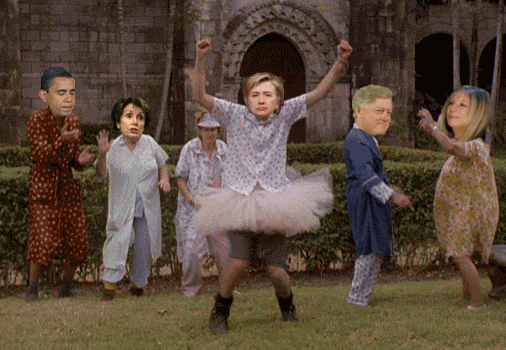
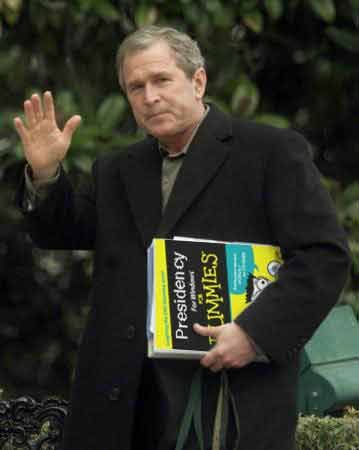

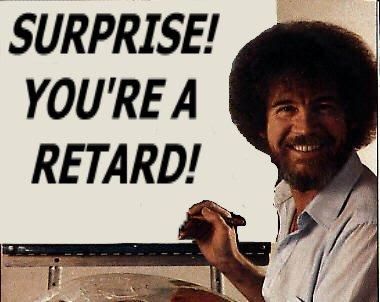
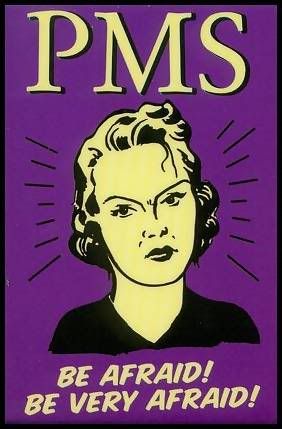


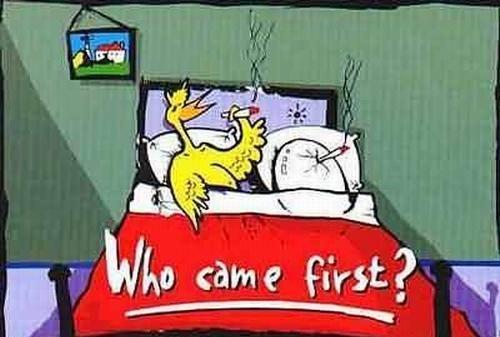






















No comments:
Post a Comment